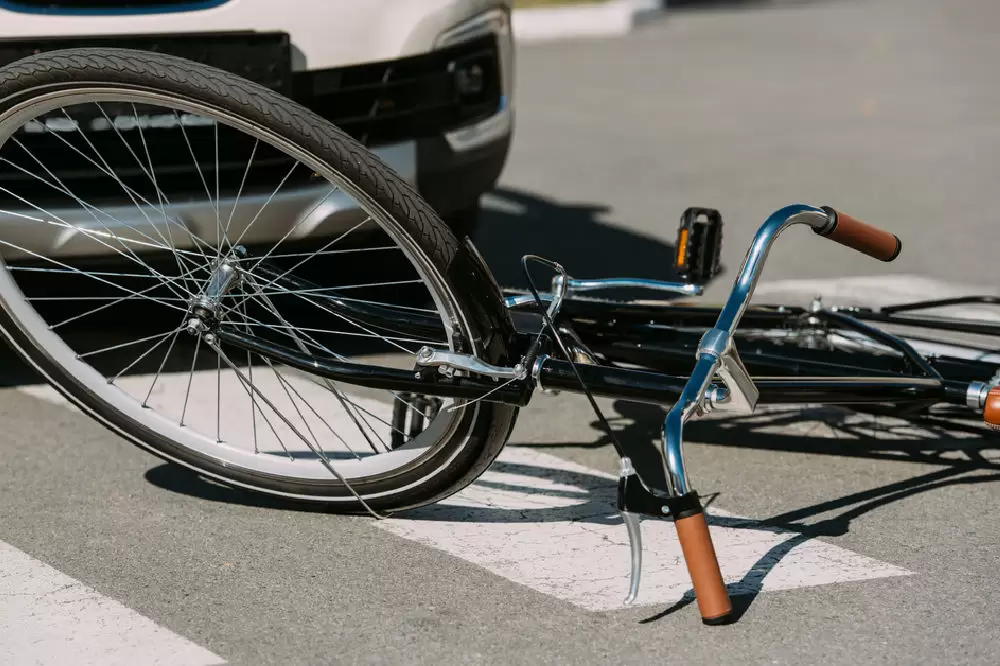What Indiana Laws Say About Bicycle Accidents

What Indiana Laws Say About Bicycle Accidents
Bicycles offer an alternate means of transportation, and it is now typical to see Americans ride bicycles. This shift is largely due to the COVID-19 pandemic, as social distancing measures encouraged many to explore healthier, individual ways to get around. However, bicycling has its cons.
Although bicycling is healthier, safety on the road is not guaranteed. Recent studies have shown that more than 1,000 cyclists have been killed in bicycle accidents.
Also, around 130,000 injuries have occurred from collisions with motor vehicles. The study revealed that these collisions happen due to driving distractions.
“Motor vehicle collisions usually occur when drivers get distracted by their mobile gadgets. It has caused a significant increase in the number of bicycle accidents yearly. More importantly, states have laws that seek to keep bicyclists safe on the road. Drivers must thus understand these laws not to avoid their pitfalls”, says accident lawyer David W. Holub.
This article examines Indiana’s laws regarding bicycle accidents. It will focus on distracted driving as a major cause of bicycle accidents.
Statistics on Bicycle Accidents
Using phones or any other electronic devices can distract a driver from the road. A terrible collision with a bicycle may ensue, resulting in an accident that may lead to the death of a bicyclist.
Data suggests that driving distractions have led to over 3,000 deaths every year. The predominant demography of distracted drivers is teens or young adults. High school students tend to text while driving. They are likely not to use their seatbelt. They are also likely to be found guilty of driving under the influence.
Causes of Driving Distractions
Cell phone use is the primary cause of driving distractions. Other causes include visual, manual, and cognitive distractions.
Visual distractions include actions or images that distract you from the road. Manual distractions are physiological actions that disturb your steering. Cognitive distractions, which border on psychological distractions, also distract you from driving.
Examples of these distractions include cell phone use, eating, drinking, conversing with someone else, trying to attend to your kids, checking your appearance in the mirror, searching for something in the car, being lost in thoughts, and toying with the car radio.
Why a Bicyclist Can Get Endangered
Bicyclists share the same road as motor vehicles, which puts them at risk of collision. Car drivers do not help matters. They usually do not drive in a manner safe for motorists and cyclists.
Bicyclists are on the higher end of susceptibility to collision. That is because it is more difficult for car drivers to see them. They may suffer brutal injuries or die from the collision.
How Indiana State Bicycle Laws Protect Bicyclists
A good number of states in the US have laws that seek to decrease the number of bicycle accidents every year. These laws aim to curb distracted driving; thus, drivers must adhere to these laws to reduce bicycle accidents.
In Indiana, the Safe Passing law mandates that drivers keep a safe distance from bicyclists when passing them. When drivers cannot maintain such a distance, the law mandates that they remain behind the bicyclist. The driver can only go past the bicyclist if there is a safe enough distance between them.
The problem with this law is that drivers run impatiently. They tend to go past bicyclists even when there is not a safe passing distance between them.
It is noteworthy that bicyclists have the same rights on the road as car drivers. The law provides for bicyclists to occupy the far right of the lane. They may also decide to take the entire lane to make themselves visible enough.
The law provides that bicyclists can signal with their hands when moving to another lane. Car drivers are to accord them the same respect they would give another car switching lanes. Bicyclists also strictly observe the traffic light, just like car drivers.
The only difference is that bicyclists may run a red light after a two-minute threshold. They may only do this if it is safe.
Conclusion
As a bicyclist, you should know you have rights on the road just like a car driver. Car drivers must also respect bicyclists and adhere to the law on safe passing, which can help significantly reduce the rate of bicycle accidents.
In a situation where you are a victim of a bicycle accident involving a collision with a motor vehicle, you should engage an attorney. Once you liaise with a personal injury attorney in your locale, you can draft the best way to handle your case.

Related Items:





